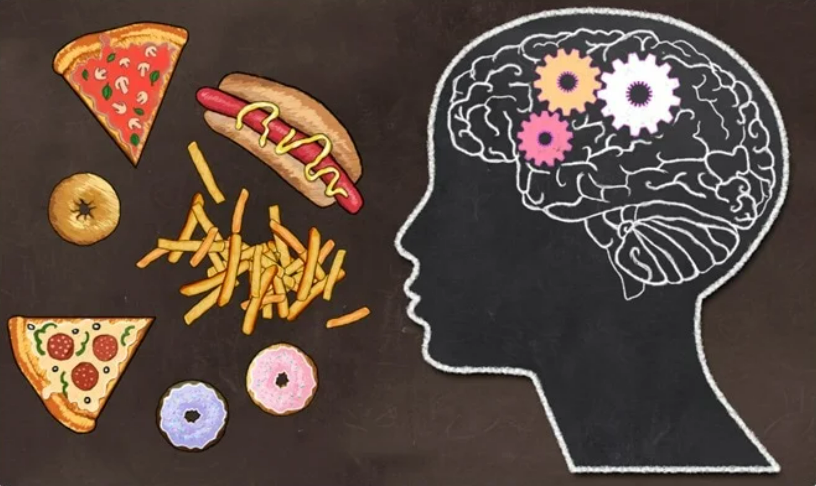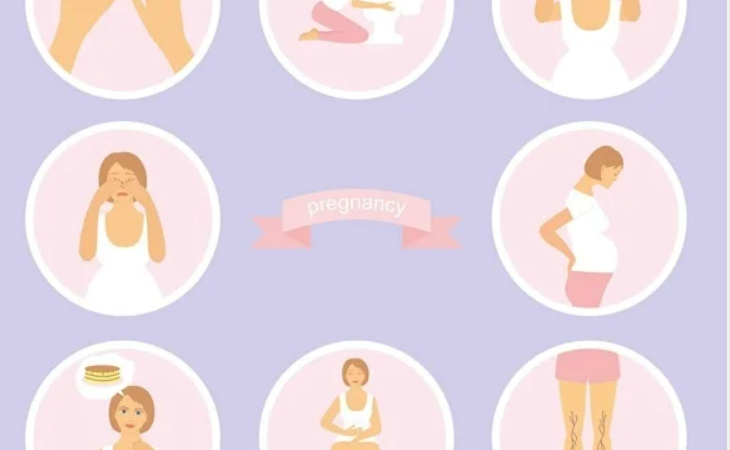An eating disorder is defined as.

A type of severe mental health illness known as an eating disorder is characterized by substantial disruptions in eating patterns as well as associated thoughts and feelings. People who have ED frequently develop an unhealthy obsession with food and their physical appearance, including their weight, size, and shape. Four subtypes of eating disorders are recognized by the Diagnostic and Statistical Manual of Mental Disorders, Version V (DSM-V):
Anorexia Nervosa (AN)
Anorexia nervosa is defined by a restriction in food consumption that either causes weight loss or a failure to gain weight, leaving the sufferer with a severely low body weight for their age, sex, and height. It is characterized by a deformed body image and an obsessional anxiety of putting on weight. The most recent DSM distinguishes two AN subcategories:
The “restricting type” is characterized by several restrictions on food intake, which may also include strict dietary guidelines.
The term “binge-purge type” refers to someone who frequently engages in binge eating followed by self-induced vomiting, laxative use, or extreme exercise.
bulimia nervosa (BN)
Regular, uncontrolled, brief episodes of overeating followed by purging techniques are characteristics of bulimia nervosa. The periods of bingeing, which can happen anywhere from several times per week and several times per day, are something that people with BN describe feeling powerless to stop or prevent. This distinguishes BN from binge-purge type AN because individuals with BN may maintain a normal or above-normal body weight.
binge eating disorder (BED)
Similar to bulimia nervosa, binge eating disorder is characterized by repeated episodes of excessive overeating, frequently when not hungry, followed by strong feelings of shame, self-disgust, and sadness. However, although individuals may participate in erratic and recurrent diets, episodes of bingeing are not followed by episodes of purging.
Other eating disorders
This term combines OFSED and UFED and replaces the old category of “eating disorder not otherwise specified” in the DSM-IV. It is used to recognize and describe alternative constellations of eating disorder symptoms that do not fall into the preceding three categories. This group includes:
other specific eating or feeding condition (OSFED)
a phrase used when someone exhibits eating disorder symptoms but does not meet the criteria for a clinical diagnosis. Examples can be a person who exhibits all the signs of anorexia nervosa but is not underweight or a person who exhibits the signs of bulimia but does not binge and purge as frequently as is typical.
unidentified eating or feeding disorder (UFED)
If a behavior results in clinically substantial distress or a decline in functioning but does not fulfill the criteria for another eating or feeding disorder, it may be classified under this category.
A person is diagnosed with pica pica if they regularly ingest non-food items like chalk or paper or edible items with low nutritional value like ice for more than a month.
Rumination disorder
Food that has been ingested and digested by a person is sometimes regurgitated without any discomfort or effort, which is known as rumination syndrome or rumination condition. Food that has been regurgitated can be swallowed, chewed again, or spat out. There is no gastrointestinal issue causing the regurgitation.
A chronic inability to consume enough food to meet nutritional and/or energy needs is referred to as avoidant restricted food intake disorder (AFRID) in the DSM-5.
What issues are related to eating disorders?
Eating disorders are severe, complex problems that put a person’s life in danger. Depending on the type of eating disorder, the reason of death, the assumption of causation from the disorder, and the length of follow-up, mortality rates from eating disorders differ amongst research.
One extensive prospective study collected death data from a national registry and followed individuals with anorexia nervosa for over 30 years. It came to the conclusion that patients with AN have a six-fold higher death rate and are more likely to pass away from cancer and other natural causes.
Six Too Simple to Ignore Breast Cancer Early Symptoms
When calorie intake is severely restricted, the body uses muscle tissue—including heart tissue—as fuel. Pulse rate and blood pressure drop as the heart uses less energy and has fewer cells to support the circulatory system, which raises the risk of heart failure. Endocrine system issues that can result in amenorrhea, osteoporosis, and insulin resistance as well as stomach issues including gastroparesis, constipation, or pancreatitis are additional concerns.
What risk factors are connected to eating disorders?
The complexity of sensations and symptoms that people with eating disorders experience is increased by the fact that the risk of having an eating disorder can result from a wide variety of interrelated psychosocial, biological, and social factors. However, research has discovered a number of general variables that can affect a person’s susceptibility to develop an eating disorder.
biological factors
Genetic research has confirmed the family character of AN, with those who have a first-degree relative with the illness having a ten-fold higher lifetime risk of developing it. According to twin studies, AN is inherited between 50 and 60 percent of the time. Although more recent genome-wide association studies have revealed genetic links between AN and other psychiatric diseases, efforts to pinpoint particular genes that might be associated with the risk of AN have been less fruitful. There aren’t many genetic studies of other varieties of eating disorders, either.
The development of binge eating disorder and a history of dieting, as well as insulin-resistant diabetes and eating disorders, are additional biological risk factors.
psychological variables
The likelihood of developing an eating disorder is correlated with a number of psychological characteristics, such as perfectionism and cognitive-behavioral rigidity. Specifically, having unreasonably high standards for oneself and being unable to adjust to changing circumstances.
Additionally, there is a strong correlation between eating disorders and anxiety disorders, particularly with regard to phobias and social anxiety. Interestingly, social anxiety is most strongly linked to both BN and BED, with both eating disorders sharing cognitive traits like worries of social judgement and rigid assessments of social circumstances.
Treatment for eating disorders
Treatment for eating problems is successful. It is simpler to cure them the earlier they are found. Although recovery can take months or even years, the majority of people do. After a diagnosis, a multidisciplinary strategy is used for therapy.
Psychiatrists, psychologists, doctors, dieticians or nutritional advisors, social workers, occupational therapists, and nurses are among the medical professionals involved.
Treatment options include food instruction and counseling, psychological therapies, and care for coexisting mental conditions like depression and anxiety disorders.





